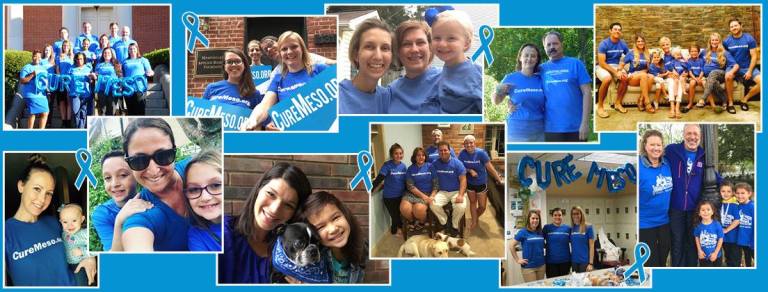By Sarah Wallace
Throughout the 20th century, many homes and structures were built using the “miracle mineral” known as asbestos. As a result, many older homes today may still contain asbestos and homeowners, contractors, and construction workers may be at risk for exposure. The material has been linked to several different health problems, and is a known carcinogen that can lead to lung cancer or mesothelioma. As the cancer community recognizes Mesothelioma Awareness Day on September 26, it’s a good time to bring attention to what asbestos is, and why it poses a large occupational and at-home health risk.
Asbestos was used in the construction industry through most of the 20th century due to its utility and strength. The mineral is known to have strong properties such as heat resistance, chemical resistance, and sound absorption, being used often in insulation, piping, and boilers. However asbestos materials can also exist in flooring, ceiling tiles, and roofing due to the former popularity of the mineral in several manufactured products. When left undisturbed, asbestos can exist in materials without being a danger to human health. However, an asbestos-containing material (ACM) or structure can create significant risks if they are broken or the asbestos within them becomes friable. ACMs are considered friable when they are broken down into a dust-like or powder form, which could lead to asbestos becoming airborne and dangerous. There are six different forms of asbestos that exist, and a few vary in color and shape:
- Chrysotile is the most common form of asbestos, and accounts for 90 percent of all asbestos use in the United States. It is identified by its long, curly fibers and can be found in many facets of the home like flooring, walls, and roofing.
- Amosite, which is sometimes referred to as “brown asbestos,” is commonly used in cement, pipe insulation, and ceiling tiles.
- Crocidolite is known as “blue asbestos” due to its straight, blue fibers. This form is considered to be the most dangerous.
- Tremolite asbestos fibers are brown, gray, or white. Though it was never mined or used commercially, it is known to be a contaminant in talcum powders.
- Anthophyllite is one of the least common types of asbestos. It is composed of magnesium and iron, and is often found in flooring products.
If inhaled, asbestos can embed itself in the lining of the organs and become irritated. Over time this irritation could become a serious form of cancer like mesothelioma that has a poor prognosis and unfortunate outlook. Mesothelioma most commonly occurs in the lining of the lungs, but other patients can be affected by peritoneal mesothelioma which affects the lining of the abdomen and pericardial mesothelioma which develops in the lining of the heart. Mesothelioma is a very serious form of cancer that has resulted in the death of 50,000 people since 1999. The cancer can be especially devastating due to the low survival rate, with most patients living less than 2 years after diagnosis.
Despite regulations, asbestos is still a danger to the public, and can be harmful when unknowingly exposed in the home or on a job site. Houses built between the years of 1920 and 1980 are the most likely to contain ACMs, and consequently, pose the greatest risk for stirring up dangerous asbestos fibers. To limit health risks, these structures should be tested for asbestos before any demolitions or renovations begin. The mineral fiber may not always be visible or recognizable to the human eye, but it can be identified by an abatement professional.
In order for workers to remain safe, they should have an understanding of where asbestos has been used in the past, and what types of safety equipment can protect them while on the job. Wearing a respirator mask and ensuring toxic dust is free from clothing before returning home is important for construction workers, firefighters and tradespeople. For those workers that may have been exposed to asbestos in the past without knowing it, monitoring their own health symptoms is the most important aspect of long-term wellness. Mesothelioma is an aggressive cancer, but catching the disease in the early stages can add meaningful months and years to a patient’s life.
ABout Mesothelioma Awareness Day
Mesothelioma Awareness Day was started by the Mesothelioma Applied Research Foundation. Get more information here: https://www.curemeso.org/get-involved/get-involved-events/mesothelioma-awareness-day/
Sarah Wallace is a writer and advocate whose main goal is to spread information about asbestos and other dangerous toxins with the hope that we will one day bring an end to the mesothelioma cancer.


